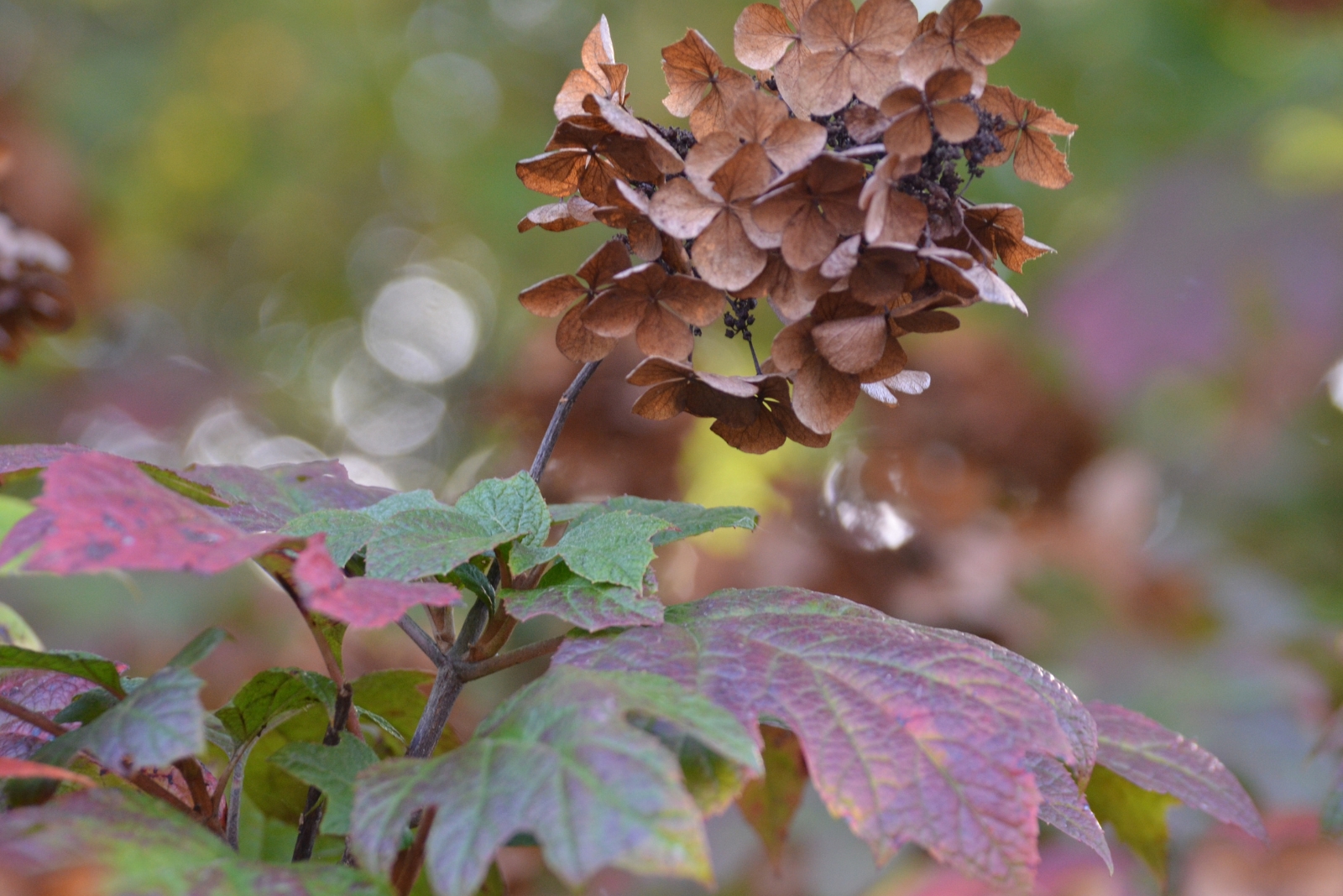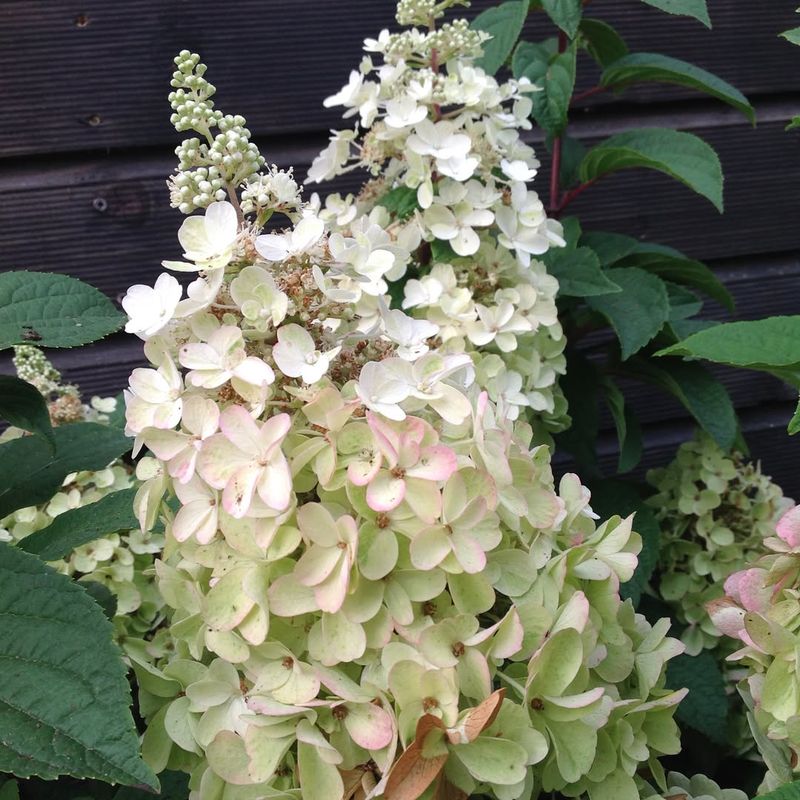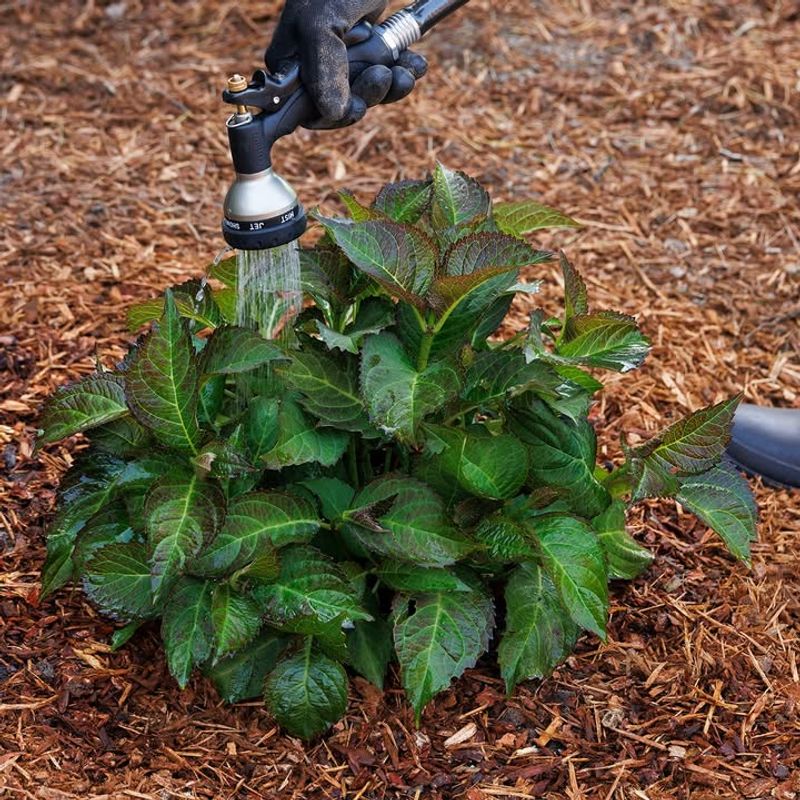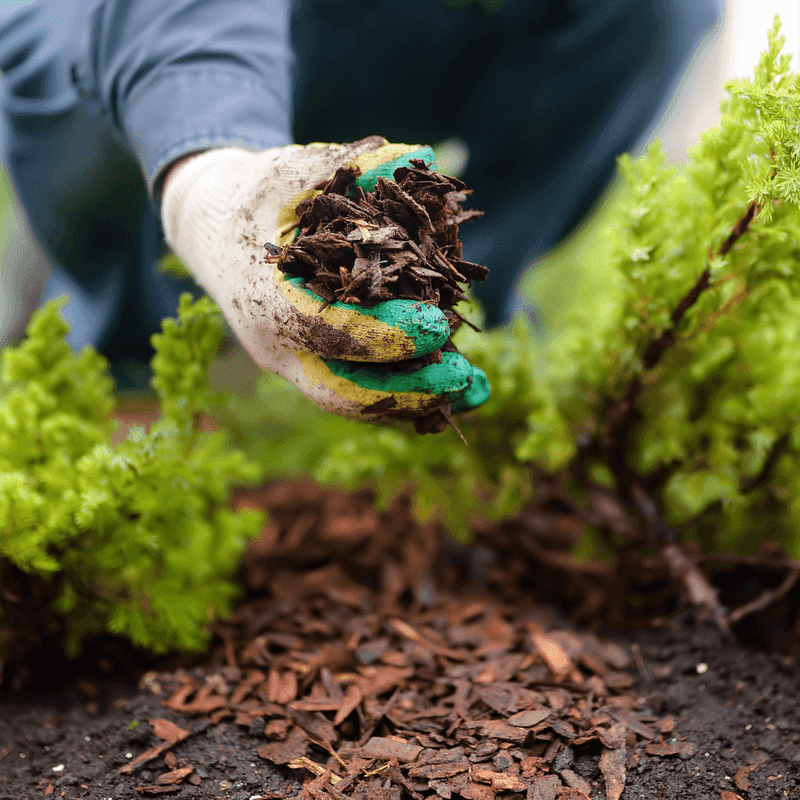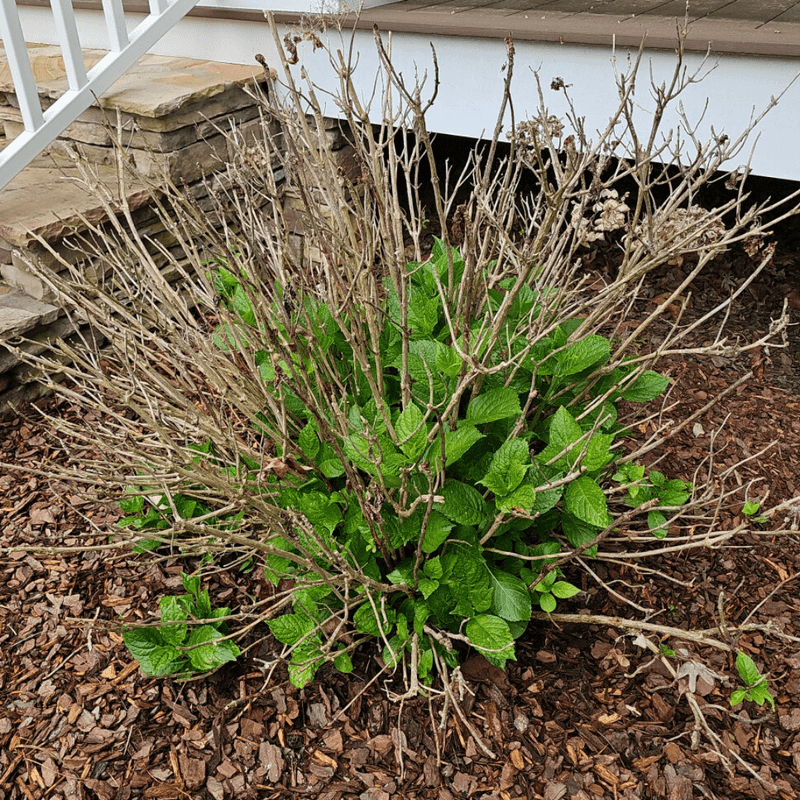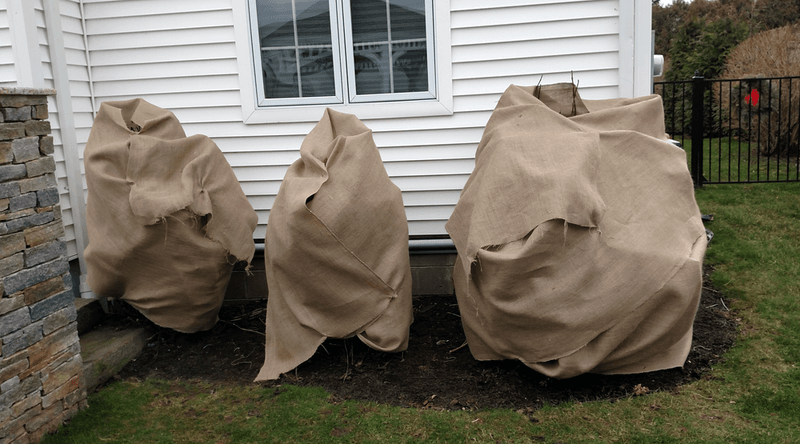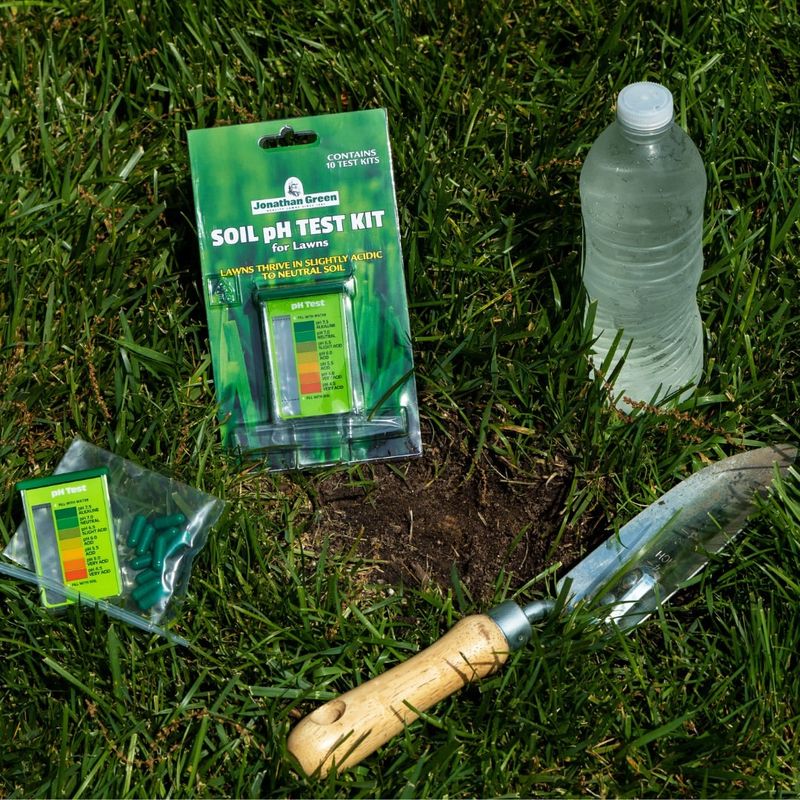New York’s unpredictable weather can be tough on hydrangeas, and fall is the critical time to prepare these beautiful shrubs for winter. Without proper care now, your hydrangeas might not survive the cold months ahead or bloom as beautifully next spring.
Taking action before the first frost arrives will protect your investment and ensure stunning flowers for years to come.
1. Stop Fertilizing By Late Summer
Cutting off fertilizer applications after August in New York is essential for helping your hydrangeas toughen up before winter hits. When you keep feeding them late into fall, new growth continues sprouting, and that tender growth cannot handle freezing temperatures.
Your plant needs time to harden off and prepare for dormancy. Think of it like getting your plant ready for a long winter nap instead of keeping it awake and growing.
Stop all feeding by the end of August to give your hydrangeas the best chance at survival.
2. Water Deeply Until Ground Freezes
Keeping your hydrangeas well-watered right up until the New York ground freezes solid is one of the smartest moves you can make. Dry roots are far more vulnerable to winter damage than hydrated ones, so consistent watering matters tremendously.
Aim for deep watering sessions once or twice weekly rather than shallow daily sprinkles. Your hydrangeas store moisture in their roots and stems, which acts like antifreeze during brutal cold snaps.
Continue this routine even after leaves drop until the soil becomes too frozen to absorb water.
3. Add Thick Mulch Layer Around Base
Piling a generous layer of mulch around your hydrangea’s base creates an insulating blanket that protects roots from temperature swings. Wood chips, shredded bark, or compost all work wonderfully for this purpose.
Spread mulch about four to six inches deep in a circle extending to the drip line of branches. Avoid pushing mulch directly against the stems, as this can encourage rot and pest problems.
This simple step moderates soil temperature and prevents the New York freeze-thaw cycles that can heave plants right out of the ground.
4. Prune At The Right Time For Your Variety
Different hydrangea varieties bloom on either old wood or new wood, so knowing your type prevents accidentally removing next year’s flowers. Bigleaf and oakleaf hydrangeas bloom on old wood and should not be pruned in fall.
Smooth and panicle hydrangeas bloom on new growth, making them safe to trim back. Wrong-time pruning is probably the biggest mistake New York gardeners make with these plants.
Research your specific variety before cutting anything, or simply remove only dead or damaged branches to play it safe.
5. Protect Buds With Burlap Wrapping
Wrapping vulnerable varieties in burlap creates a windbreak that shields tender flower buds from New York harsh winter conditions. This technique works especially well for bigleaf hydrangeas, which form next season’s blooms on current-year stems.
Create a simple cage using stakes and burlap, leaving the top open for air circulation. You can also stuff the interior with leaves for extra insulation without smothering the plant.
Install wrapping after the first hard frost but before temperatures drop below twenty degrees consistently.
6. Leave Dried Flowers On Plants
Those papery brown blooms might look untidy, but they serve as natural insulation for the buds forming underneath. Leaving dried flowers intact through New York winter provides crucial protection against wind, ice, and temperature extremes.
The old blooms act like tiny umbrellas, shielding delicate buds from direct exposure. Many gardeners find the dried flowers add interesting winter texture to the landscape too.
Wait until early spring to remove them, right when you see new green growth beginning to emerge from below.
7. Check Soil pH Before Winter
Testing soil pH now gives you valuable information for adjusting conditions next spring to achieve your desired bloom colors. Blue hydrangeas need acidic soil around 5.5 pH, while pink varieties prefer slightly alkaline conditions near 6.5.
Fall testing allows amendments like lime or sulfur to work slowly over winter months. You can find inexpensive testing kits at any garden center in New York or send samples to your local cooperative extension.
Knowing your baseline pH helps you plan adjustments that will produce the most vibrant blooms possible come summer.

